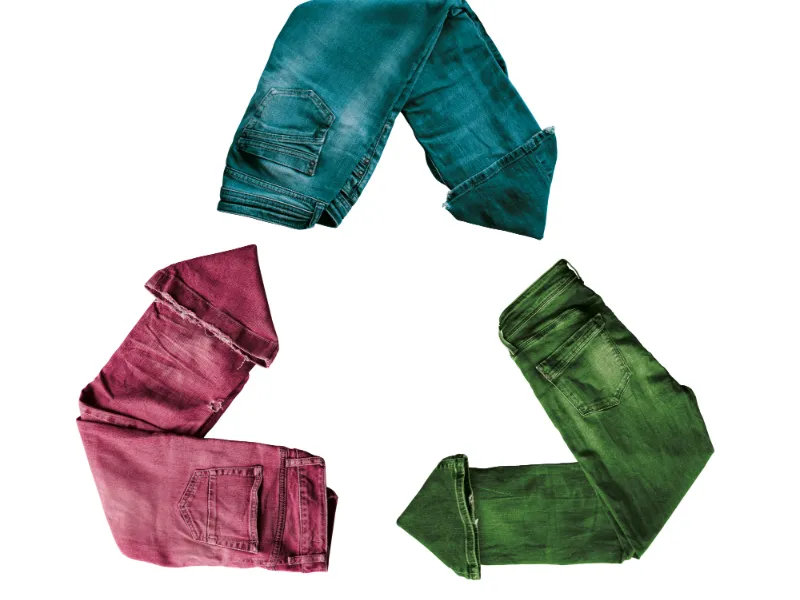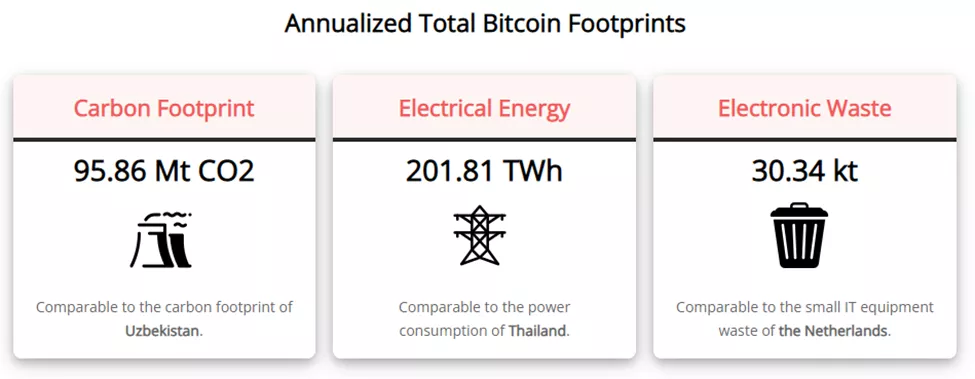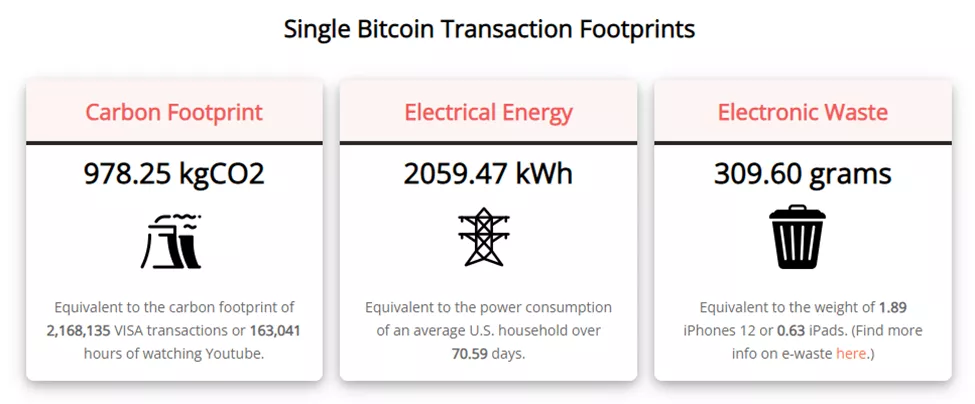Fast fashion, digital fashion, NFT and sustainability
Sustainable fashion has become a hot topic lately. The term “fast fashion” is often associated with the term “sustainability”, in the sense that it’s considered, in several ways, a non-sustainable model. Fast fashion, in fact, is ‘fast’ in a number of senses: the rate of production is fast; the customer’s decision to purchase is fast; delivery is fast; and garments are worn fast, usually only a few times before being discarded.
The fast fashion trend, which boomed in the Gen-Z world due to the low price, generates an excessive waste, encouraging customers to over-consumption.
That’s why the whole business model of fast fashion industry is under fire: fast fashion offers hundreds of new products every week, or even every day. It means that wash tests and wearer trials are usually not possible, which has implications for garment quality and durability. Furthermore, many of the products are made with materials that cannot be recycled.
Purchasing items of clothing is now easier than ever, facilitating mass over consumption. And low prices mean that buying an item requires little consideration. Delivery is also fast and relatively cheap, allowing customers to have what they desire the day after their desire first took hold.
The garments produced in the world of fast fashion are generally of low quality, but many are thrown out before they have the chance to be worn out. A 2019 study by the House of Commons Environmental Audit Committee (UK) found that 17% of questioned young people said they wouldn’t wear an outfit again if they'd already posted it on Instagram.
This is not the case of luxury fashion, of course, where the purchase is (should be) more conscious, and the companies should follow specific rules for environmental protection, both for production, with the use of sustainable fibers and controlled production methods, and for the disposal of unsold items.
One could think that crypto fashion might be the solution. In fact, it’s a way to sell garments without all the process of production, delivery and use.

Source: Dazeddigital.com/Courtesy of the Institute of Digital Fashion
Producing a digital-only product means that a physical factory is not needed; transportation and packaging costs are non-existent. As the production costs and time to market are reduced, so is the use of traditionally polluting practices in the fashion industry.
Surprisingly, it seems that a digital garment production emits 97% less carbon dioxide than that of a physical garment, offering a way to eliminate waste, chemicals, and excessive water use.
Tribute calls itself “The platform for contactless fashion”, and makes a statement that refers to sustainability and social improvement: “By influencing the users to transfer their identity to a virtual area, this platform aims to change their behavior to act sustainably, leading to decrease of the demand, consequently production and usage of physical clothes. We aim to improve the societal impact of the fashion market, making it more accessible and fairer, and aspire to change behaviors in an only fully sustainable way”.

Source: Tribute-brand.com
Especially for that 17% of people that just want to show the purchase on Instagram, surely can be an option. In addition to environmental sustainability, digital fashion also offers a way to have an impact socially. With blockchain technology, brands can trace supply chains and verify authenticity sourcing practices even when producing physically. With this technology, brands can keep an eye on all procedures, including ethical sourcing.
But is NFT really sustainable?
Let’s understand what NFTs are. NFT is the acronym for Non-Fungible Tokens: in common language, the “token” is a symbolic object, with a conventional value, like tokens in an arcade or a prize badge. The peculiarity of the NFT, however, lies in the first two letters, "not fungible". In fact, these are purchase certificates that grant their owner the possession on a digital object, which is unique and authentic, and which cannot be exchanged for another, or copied. A real “unique piece” - which cannot be touched, grasped, handled or exhibited, which gives the buyer the awareness of being the owner.
Cryptocurrencies (Bitcoins are the most famous example) are completely virtual currencies that exist outside of banks, which can be purchased with conventional money and used for a variety of transactions in peer-to-peer mode, without the need of intermediaries. However, to ensure the security of transactions and prevent scams, thefts and falsifications, the Bitcoin system and other cryptocurrencies require a great deal of cryptography, which in turn has a massive consumption of electricity.

And this is where the most controversial aspect of electronic money lies, and with it NFTs.
To limit counterfeiting as little as possible, the data behind NFTs are calculated, in a process called mining, with a deliberate expenditure of electricity that makes them increasingly difficult to copy, but whose consequences on the environment are harmful.
Now, even if some reports of bitcoin’s catastrophic effects on the environment appear to be hyperbolic, it’s no doubt that it constitutes an environmental issue.
According to a study carried out by the University of Cambridge last year, 76% of cryptocurrency miners use electricity from renewable energy sources, but Digiconomist (Bitcoin Energy Consumption Index) estimates that the cryptocurrency still consumes about 200 terawatt-hours of energy per year.


Source: https://digiconomist.net/bitcoin-energy-consumption
And Ethereum, another cryptocurrency used for NFT, is also quite consuming:

Source: https://digiconomist.net/ethereum-energy-consumption
As in all discussions about hot topics, people have different opinion regarding the damage that this kind of technology can produce on the environment. Without deepening the analysis of the data, we could still say that digital fashion can be more dangerous, from an environmental point of view, than it seems, and taking sustainability as an argument to promote digital fashion compared to real one, is misleading.


